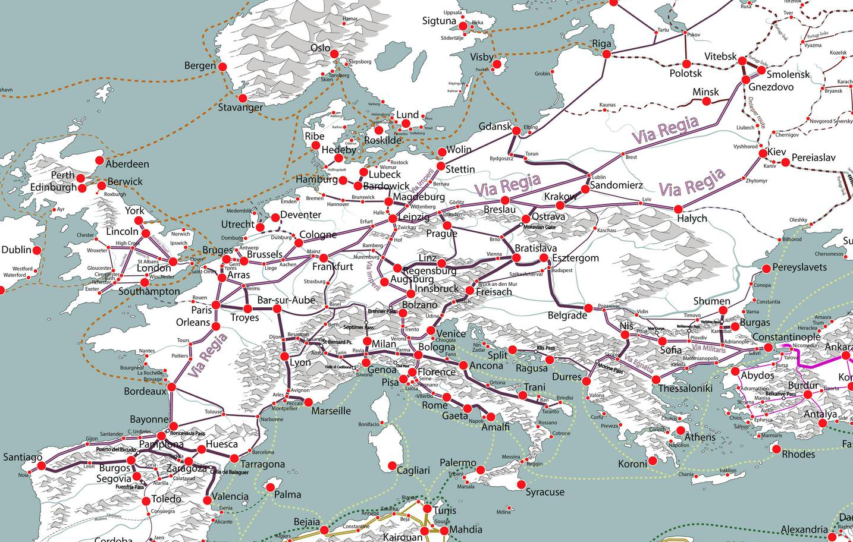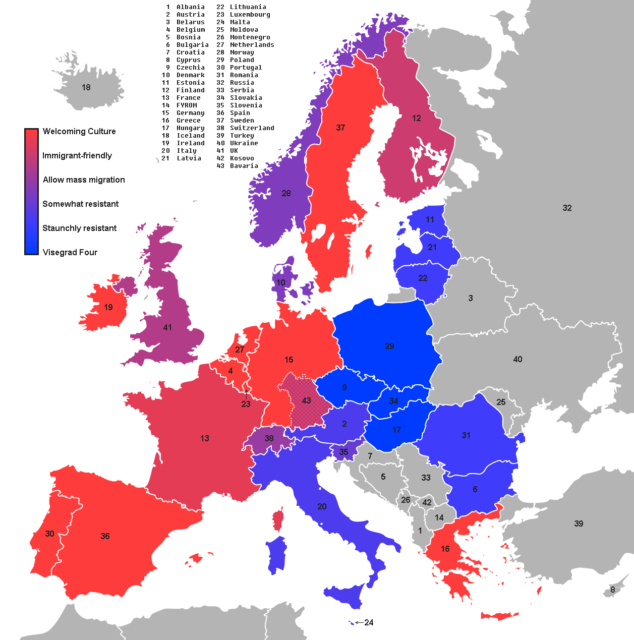Mark Steyn on the latest use of the ridiculous “lone wolves” excuse for terrorism:
A week before Christmas two young ladies from Scandinavia vacationing in Morocco – Louisa Vesterager Jespersen, 24, from Denmark, and Maren Ueland, 28, from Norway – were brutally stabbed and decapitated and then had the final moments of their lives uploaded as triumphal snuff videos to Facebook, Twitter, 4Chan and Reddit, the Four Horsemen of the Social-Media Apocalypse.
Fortunately, if you were thinking of getting a little nervous about your next holiday in the Maghreb, this bloody double-murder was the work of merely another “lone wolf”:
In a press conference in Rabat yesterday, police and domestic intelligence spokesman Boubker Sabik labelled the suspects “lone wolves”…
Wait a minute: “lone wolves” plural? You mean, the wolf wasn’t lone? No, indeed:
What ‘lone wolf’ gang did before Scandinavian tourist beheadings
There’s a whole gang of lone wolves?
A motley crew of “lone wolves”, including two street vendors, a plumber and a carpenter, hunted backpackers to kill in the Moroccan mountains.
At last count, nineteen “lone wolves” have been arrested for the double-murder. That’s a rugby team plus bridge four of lone wolves. They’re the least lonesome lone wolves in town.
And are they really that “motley”? (See photo above for representative three-nineteenths of the lone wolf pack.)
For almost a decade, I have made mocking reference to Local 473 of the Amalgamated Union of Lone Wolves. But there’s no point to jokes, is there? Because, as absurd as they are, you wait a year or two and everybody’s doing them entirely straight-faced. The phrase “lone wolf” was created by the Pansy Media to ward off the suggestion that all these lone wolves might have something in common. Just as “all politics is local”, all jihad is lone. And, if you use the phrase often enough, it has such a pleasing anesthetizing effect you don’t even notice that you’re sitting there typing, perfectly seriously, about a gang of nineteen lone wolves.
Same number as the 9/11 hijackers, by coincidence. But we hadn’t yet taken refuge in such halfwit evasions.
Needless to say, the decapitation video went “viral”. Among those who were “spammed” with pictures of the severed heads were the mums of the girls, whose first Christmas without their beloved daughters was further enlivened by social-media enthusiasts posting snaps of the decapitated women to their mothers’ Facebook pages. But Big Social Brother knows its priorities: It was too busy banning Robert Spencer, whose Jihad Watch website is one of the few remaining outlets that doesn’t take refuge in platitudinous drivel about “lone wolves”.





